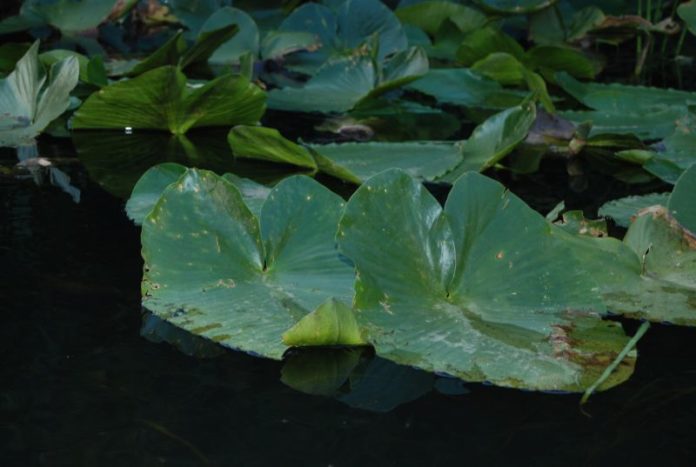
Sometimes exciting adventures can be found close to home. A paddling trip down the Black River in Littlerock fits this description perfectly, and the river is accessible to kayaks and canoes year round.
 In 1980, the United States Fish and Wildlife Service designated the Black River, which flows from Black Lake in Tumwater all the way to the Chehalis River near Oakville, a unique fish and wildlife habitat worthy of study and protection. As a tributary of the Chehalis River, it is considered the second largest watershed in Washington and traverses stands of Prairie Oak trees, river bogs and wet prairies.
In 1980, the United States Fish and Wildlife Service designated the Black River, which flows from Black Lake in Tumwater all the way to the Chehalis River near Oakville, a unique fish and wildlife habitat worthy of study and protection. As a tributary of the Chehalis River, it is considered the second largest watershed in Washington and traverses stands of Prairie Oak trees, river bogs and wet prairies.
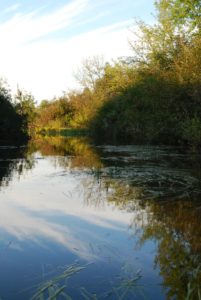
Because of heavy riparian growth on both sides which precludes other forms of travel, you must paddle the river to see this area’s exceptional bio-diversity. Those willing to plunge in will experience an other-worldly realm much like adventure seekers might encounter in more exotic locations.
The Black River is best explored slowly and deliberately. It flows calmly and is easily traveled, but paddlers should watch carefully for obstructions both above and below the water. There are shallow areas, fallen trees and areas of plant growth on the river bottom that will take a bit of maneuvering to get around, but the effort, and the necessity of insect repellant, are worth it to see what is hidden in and around this aquatic treasure. With no rapids to combat, a leisurely exploration of riparian areas is possible, allowing for plenty of photo opportunities.
Precisely because the river is slow-flowing and lined with thick vegetation, an almost undisturbed habitat exists for 150 species of migratory birds, including waterfowl and neotropical song birds.
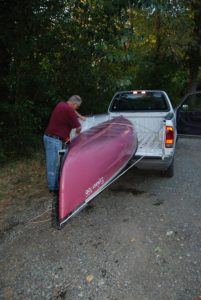
For Littlerock resident, Jackie Ashley, paddling the Black River is a peaceful journey she and her husband have taken many times, mainly because of the birds.
“My husband and I enjoy seeing the birds. It’s really about the wildlife. We also like it because it’s a river that is easy to manage and fun for all ages. We’ve even brought our out-of-state friends to paddle the river, and they’ve enjoyed it as much as we have,” says Jackie, adding that paddling in silence enables them to enjoy the calls and songs of the many different species living on the river.
Two birds she has seen, and ones visitors are most likely to encounter, are the American Bittern and Great Blue Heron, both stilt-legged aquatic hunters.
Visitors might also be lucky enough to see the rare and endangered Oregon Spotted Frog, an amphibian seldom seen outside of Oregon, as well as water mammals such as beavers, river otters or mink.
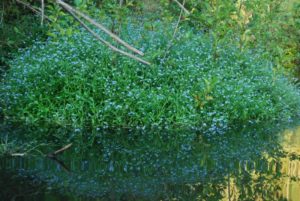
The Black River is open for fishing during season and boasts healthy runs of Chum, Chinook and Coho Salmon, as well as Steelhead and Cutthroat Trout. Fishing is best managed from a canoe or kayak while drifting down the river. Due to obstacles along the river, larger, non-motorized craft are not advised.
Paddlers can launch from two roadside areas operated by the Washington Department of Fish and Wildlife, which are located at 110th Avenue S.W. and 123rd Avenue SW. From Olympia, head south on I-5 to Littlerock Exit 95. Travel west to the first stop sign in Littlerock, across from the Littlerock Grocery Store, and take a right on Littlerock Road SW. Follow the road north to the launches. Another roadside launch is located approximately four miles down Littlerock Road to the left from the stop sign.
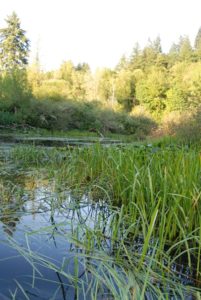
From Rochester, take a right onto Littlerock Road and follow it for approximately four miles to the first site, or continue down Littlerock to 110th or 123rd.
For those who want to rent equipment, Black River Canoe Trips offers canoe rentals that include the canoe, life jackets and paddles for $15 an hour, $55 for three to four hours or $75 for six-hour trips. This company allows users to enjoy the river at their own pace, then picks them up at the end of their float and returns them to their private vehicles parked at Black River Canoe Trips’ property located at 15847 Littlerock Road SW. Camping is also offered on site. Call 360-273-6369 for more information.


















































